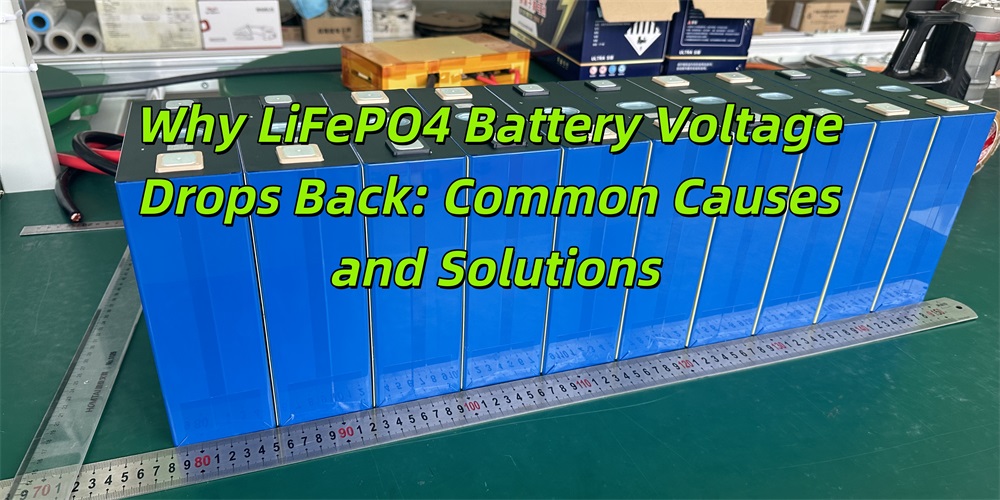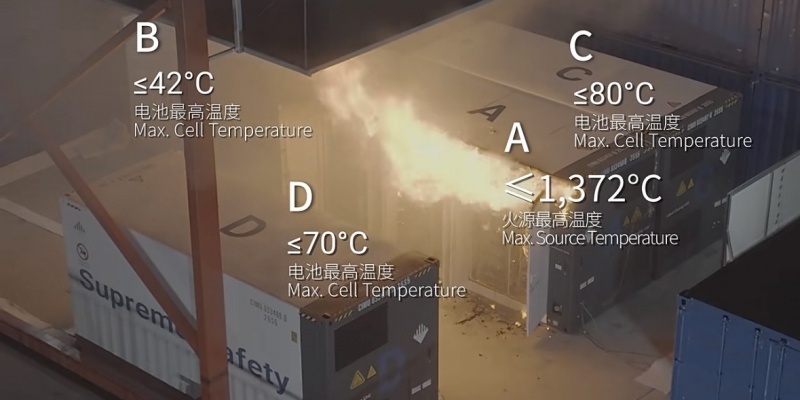Why LiFePO4 Battery Voltage Drops Back: Common Causes and Solutions
Lithium Iron Phosphate (LiFePO4) batteries have gained significant attention, especially in the new energy vehicle sector. However, it's common for these batteries to experience a voltage drop after being fully charged. Understanding why this happens is crucial for optimizing battery performance.

1. Normal Voltage Drop After Full Charge
Under standard conditions, it is normal for all batteries, including LiFePO4, to experience a voltage drop after being fully charged. This phenomenon is known as the open-circuit voltage (OCV). After the charging process ends, the charge limit voltage (typically 3.65V for LiFePO4) will drop slightly, which is expected and not a cause for concern as long as the voltage difference is not significant. If the voltage drops rapidly in a short period, it could indicate potential issues with the battery, such as high internal resistance or excessive self-discharge.
2. Charger Instability or Mismatch
Another possible cause of the voltage drop is related to the charger. LiFePO4 batteries are generally charged using constant current, constant voltage, or a combination of both. If the charger is unstable, mismatched, or unable to fully charge the battery, an abnormal voltage drop may occur. Ensuring the charger is compatible with the battery’s specifications can help prevent this issue.
3. Storage Conditions
The storage conditions of LiFePO4 batteries also influence their voltage drop. The power level at which a battery is stored impacts the extent of voltage decrease. LiFePO4 batteries are best stored at 70%-80% charge to minimize voltage fluctuations. If stored for extended periods, such as over a year, the battery will naturally undergo self-discharge, leading to a voltage drop. It's recommended to periodically charge and discharge the battery every 3 to 6 months, especially if a protection plate is used, as it may cause a quicker power drain.
4. Battery Aging and Capacity Decline
Over time, as LiFePO4 batteries age, their capacity naturally decreases. As the battery's capacity diminishes, it becomes more susceptible to voltage drop, particularly when subjected to higher load currents. This aging process can result in a noticeable fall in voltage, indicating that the battery’s performance is no longer optimal.
5. Excessive Load Current
If the battery is subjected to a higher-than-expected load current, the discharge function of the LiFePO4 battery may fail to perform properly. This can cause a significant voltage drop, especially when the battery is under stress from high demand or excessive usage.
6. Circuit or External Issues
Lastly, issues such as circuit leakage or external factors in the system can also cause abnormal voltage drops. It’s important to inspect the entire circuit system for any potential problems, including short circuits, leakage, or other environmental factors that may affect battery performance.
Conclusion
The voltage drop in LiFePO4 batteries is a normal phenomenon under certain conditions, such as after charging or during storage. However, excessive or rapid voltage drops may signal underlying issues, including aging, high internal resistance, or improper charger usage. By ensuring proper storage conditions, monitoring battery age, and using compatible chargers, you can maintain optimal battery performance and longevity.

